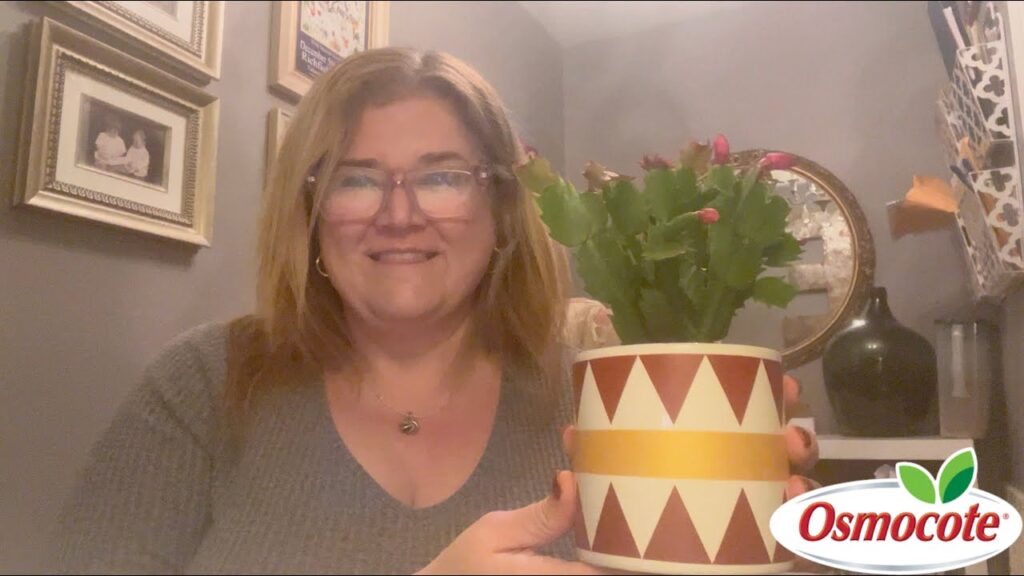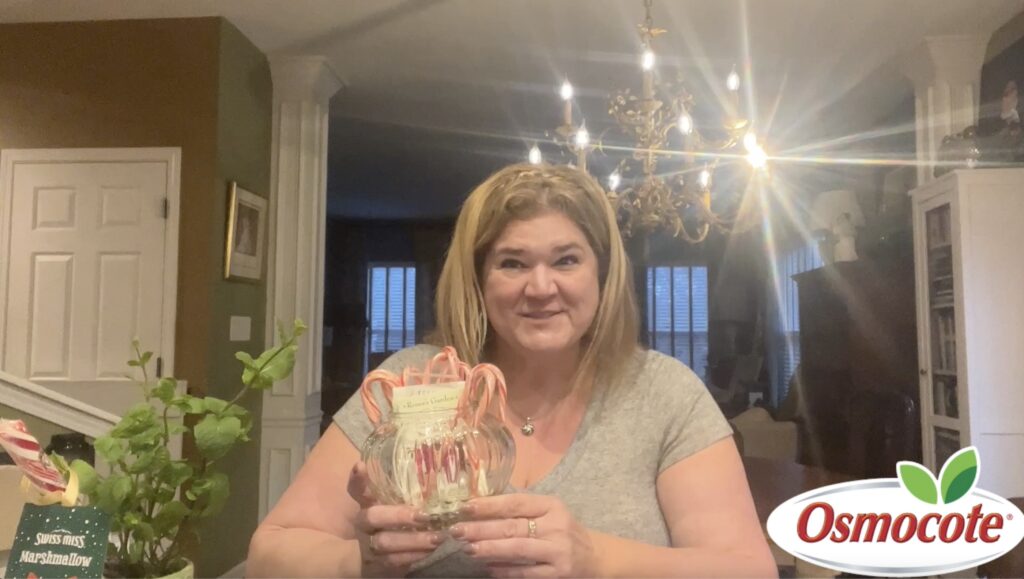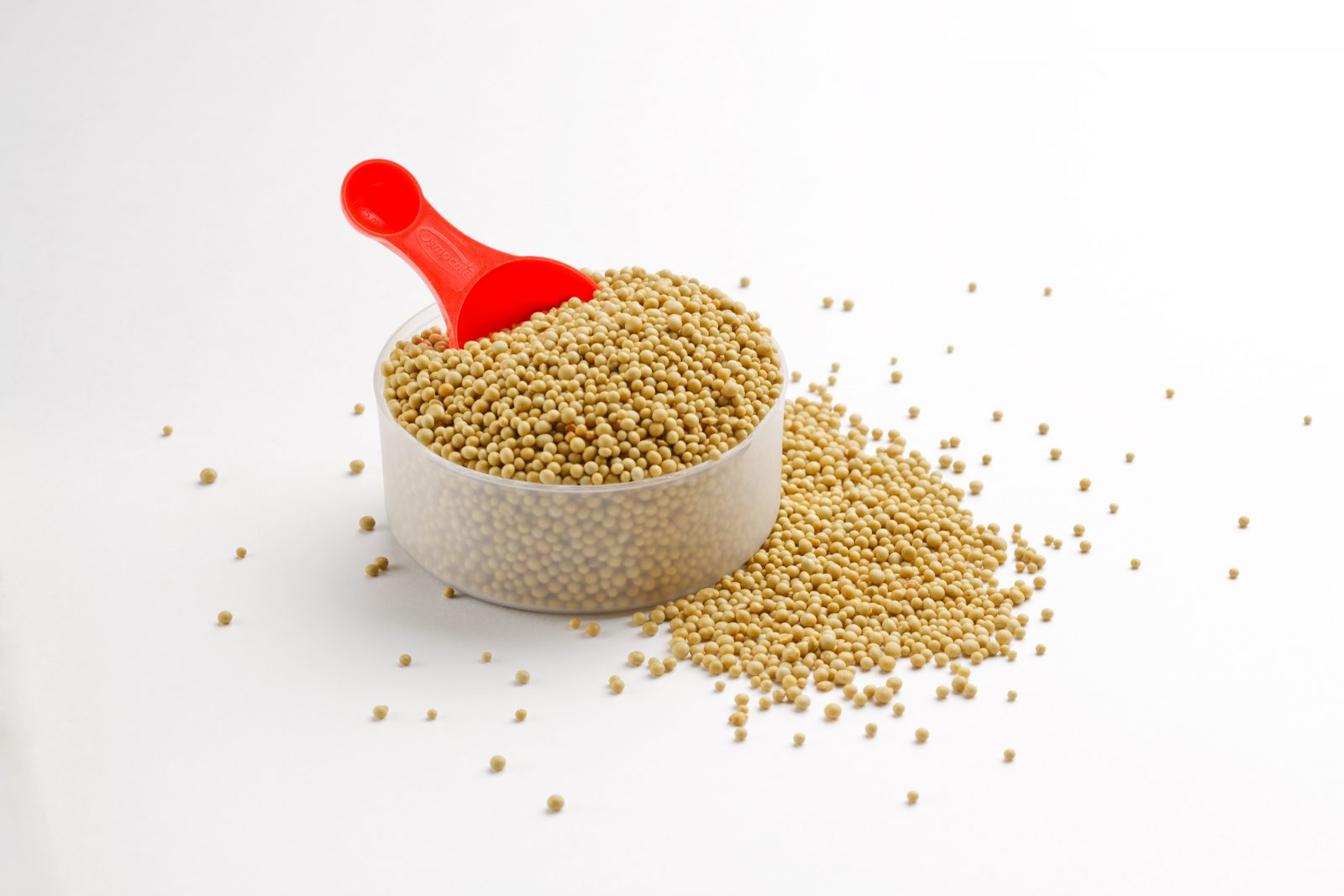How to Grow Tomatoes in Containers
Views: 104
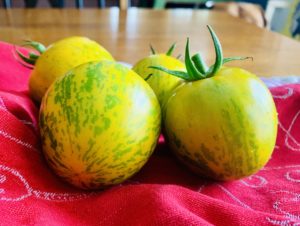
Summer will be here before we know it in most of North America. With summer comes BLT’s, Caprese salads and all things “fresh, ripe tomatoes.” It doesn’t take a large garden or expanse of yard to grow great ‘maters. They are an easy fit for containers. To successfully grow tomatoes in containers, choose a large, well-draining pot, use a high-quality potting mix, provide ample sunlight (as in 6-8 hours daily) and feed your plant with a balanced fertilizer. Want to know how to grow tomatoes in containers? Peep the guide below for the details:
1. Choose the Right Container:
Size: Select a container that is at least 18 inches wide and 20 inches deep to accommodate the plant’s root system.
2. Select the Right Tomato Variety:
- Determinate vs. Indeterminate: Determinate (bush) tomatoes are compact and suitable for containers, while indeterminate (vining) varieties require more space and support.
- Consider Space: Choose a variety that fits the size of your container and available space.
3. Use High-Quality Potting Mix:
-
Drainage:Use a fluffy, lightweight potting mix that allows roots to grow freely and helps moisture and air penetrate to reach them.
-
Avoid Garden Soil:Don’t use garden soil directly in containers, as it can compact and hinder drainage.
4. Provide Enough Sunlight:
- Minimum: Tomatoes need at least 6-8 hours of direct sunlight daily.
- Location: Place containers in a sunny location, such as a south-facing area, for maximum sun exposure.
- Rotation: Rotate containers periodically to ensure even light distribution.
5. Water Consistently:
- Moist Soil: Keep the soil consistently moist but not waterlogged.
- Frequency: Water more frequently in hot weather, as containers dry out quickly.
- Morning Watering: Water in the morning to allow the plants to dry out before nightfall, reducing the risk of fungal diseases.
6. Fertilize Regularly:
- Heavy Feeders: Tomatoes are heavy feeders and require regular fertilization.
- Balanced Fertilizer: Use a balanced fertilizer high in phosphorus to promote fruit production. I love this one from Epsoma.
- Frequency: Fertilize every 2-3 weeks or as recommended on the fertilizer package.
- Timed-Release Fertilizer: Consider using a timed-release fertilizer when planting to provide a slow and steady release of nutrients.
7. Provide Support:
-
Cages or Stakes:Use tomato cages or stakes to support the plants as they grow, especially for indeterminate varieties. Here’s a popular choice that comes with grow bags!Companion Planting:Consider companion planting with basil, chives, onions, parsley, marigolds, nasturtiums, and carrots.
- Monitor Regularly: Regularly inspect plants for pests and diseases.
- Remove Weeds: Remove weeds to prevent them from competing with tomato plants for resources.
- Rotate Crops: Rotate crops to prevent the buildup of pests and diseases in the soil.
-
Ripe Tomatoes:Harvest tomatoes when they are ripe and have reached their full color and size.
-
Pinching:Pinch off any suckers that grow between the main stem and the branches to encourage fruit production.
Meet Elizabeth Morse
I specialize in creating productive gardens for my clients (garden consults), showing them how to use fresh foods (private chef & cooking classes) and enjoying…
Elizabeth's Recent Posts
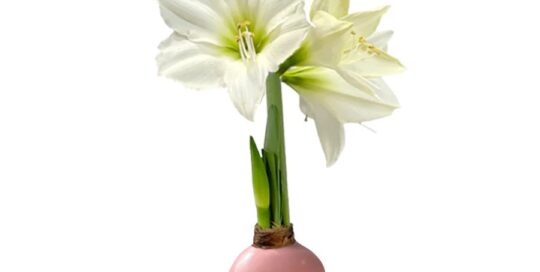
Best Easter Gifts for Gardeners


